#smallsword
Text
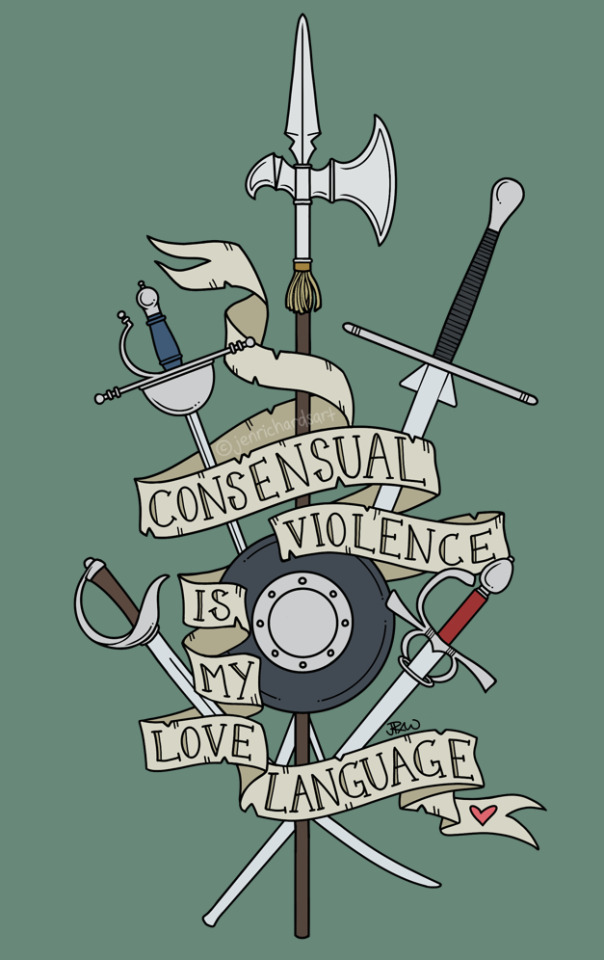
Another one for the HEMA folks, or SCA or LARP or other collections of capital letters! It is available here if you are inclined to wear clothes or stick things on other things
If my clubmates would stop saying banger things like this I would be able to stop drawing piles of weapons and twisty banners. But for now it's a pretty fun challenge for my art so I'll allow it
#my art#hema#historical european martial arts#sca#larp#swords#longsword#rapier#halberd#sword and buckler#sabre#saber#smallsword#sidesword#love language#historical fencing#swordfighting
1K notes
·
View notes
Text

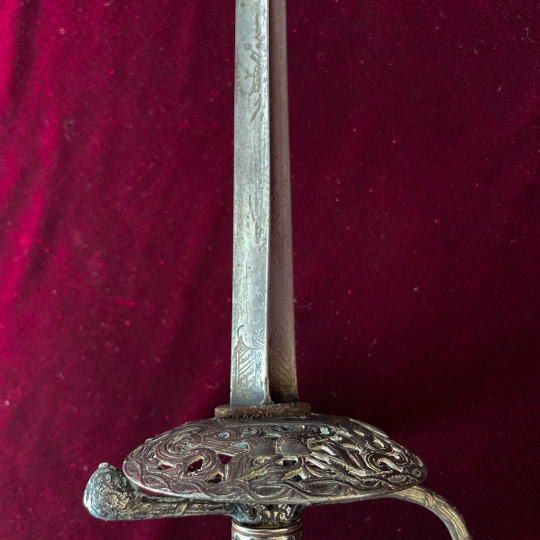
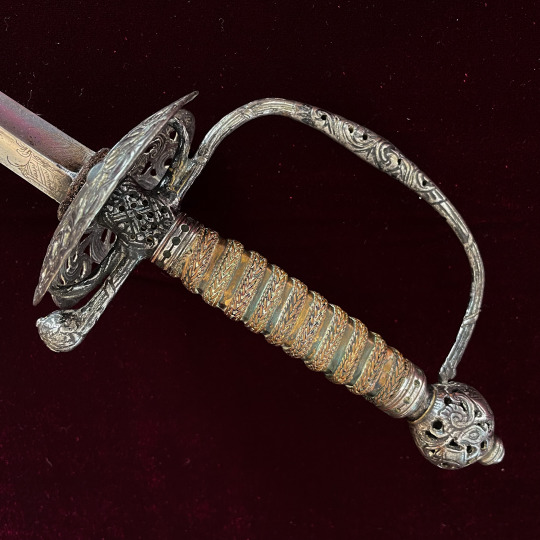
Late 18th Century European smallsword with a chased and pierced steel hilt. The guard is a symmetrical in the 'Pas d'ane' style and decorated with military trophies indicating that this might have belonged to a military officer. The grip is square and bound with alternating copper ribbon and twisted wire. Originally this would most likely been silver plated.
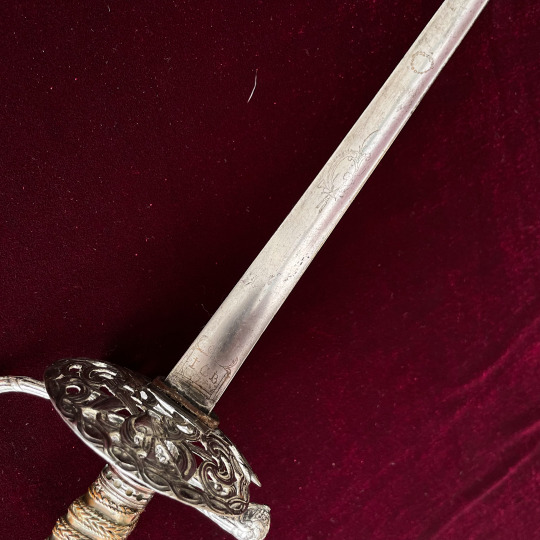
The hollow ground trefoil blade is by Johann and Clemens Boegel of Solingen and maked with their I.C.B trademark and other motifs typical of the time.
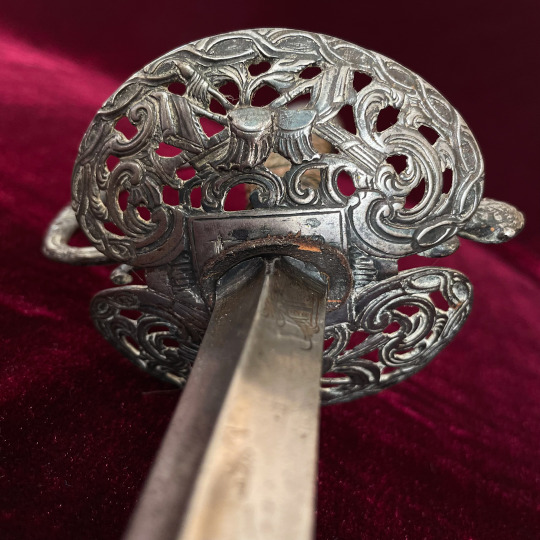
The term 'Pas d'ane' comes from French and translates as 'donkey's foot' after the shape of the donkey sole. Commentators on smallswords often misidentify the small loops between the guard and the knucklebow and quillon as the 'pas d'ane' when the correct term for them is annulets.
On Western European smallswords the annulets are a decorative hang over from earlier fencing styles when they were larger to allow the fencers' finger over the crossguard.
232 notes
·
View notes
Text
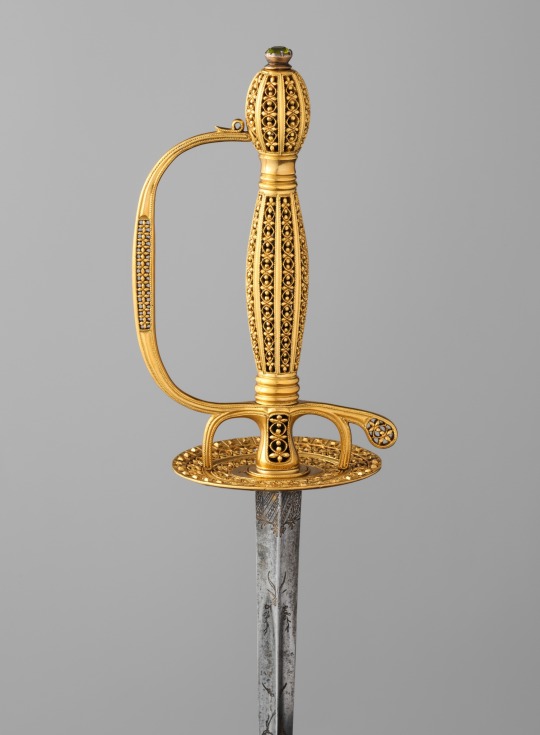
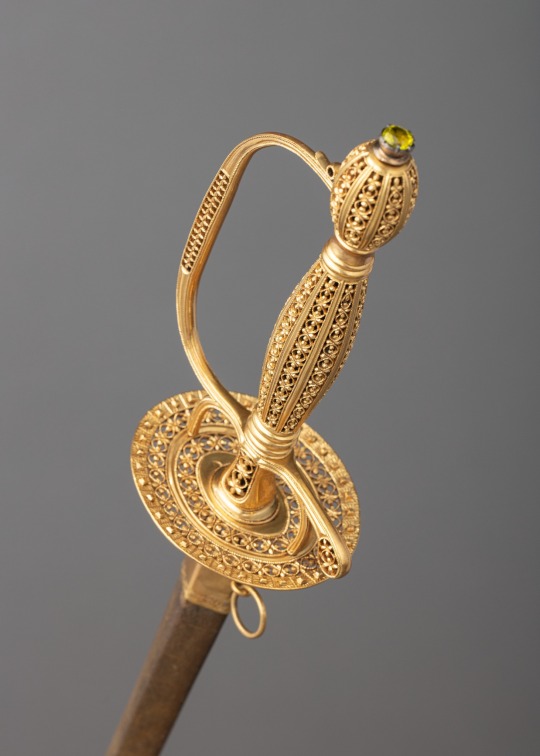
Spanish Smallsword | ca. 1790-1800 | Solingen, Germany | Met Museum
#swords#sword#smallsword#knightcore#royaltycore#blade#blades#swordsthetic#knives#daggers#dagger#knife
321 notes
·
View notes
Photo

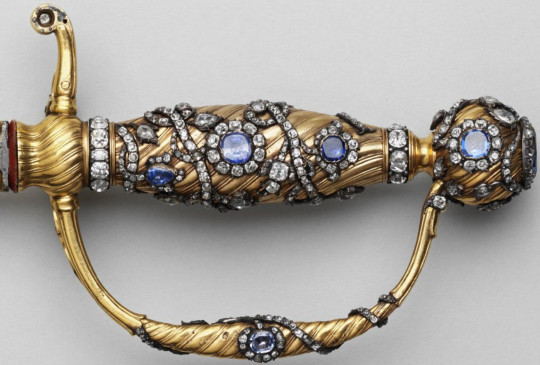
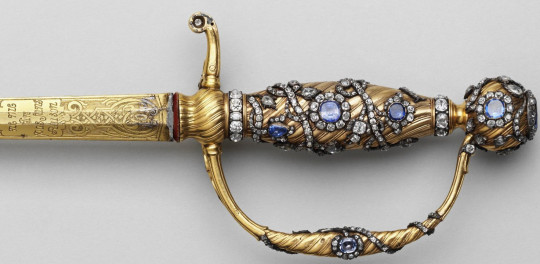

18th Century gilt and gem encrusted single ring smallsword. One side of the blade is inscribed in French “Don’t draw me without reason” while the other reads “Sheathe me with honour”
From the Museums of the Moscow Kremlin.
#Swords#smallsword#antiques#military antiques#weapons as bling#military fashion#18th Century#Russian#Swords as symbols#symbols of wealth
622 notes
·
View notes
Photo
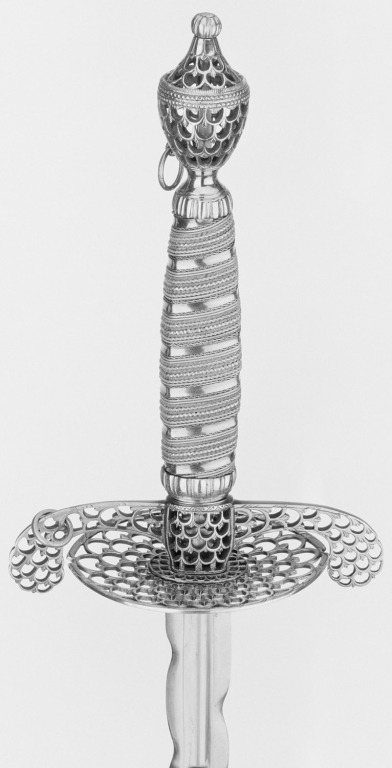

A flamberged Smallsword with a delicately pierced hilt,
OaL: 39.5 in/100.25 cm
Blade Length: 32.1 in/81.5 cm
England, ca. 1670-1787, housed with the Royal Collection Trust.
#weapons#sword#smallsword#europe#european#britain#british#england#english#early modern#royal collection trust#art#history
459 notes
·
View notes
Text
The sword of the day is the smallsword.
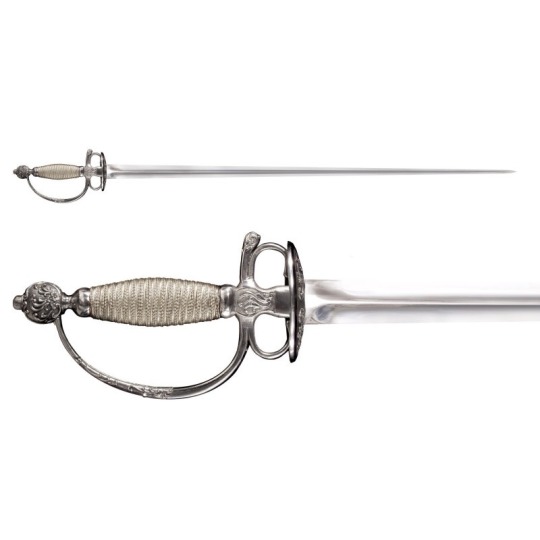
This sword is specifically designed for dueling. Everything about it is designed to be incredibly lightweight, lightning fast, and exceedingly pointy, even more so than the rapier it evolved from. The blade is often left without any cutting edge at all, because the blade is just too light; the entire point of this blade is just that, the point. The smallsword is used exclusively for thrusting, and since it would have been used almost exclusively against other smallswords, combat with this weapon is very quick and very subtle. The hilts were often ornate, and it was worn by European nobility during its period of popularity, from the mid-17th to late 18th centuries.
148 notes
·
View notes
Text
i learned there’s a limit to the amount of answers you can have in a poll 💀💀💀💀
if i forgot someone’s favorite tell me
#sword#swords#scimitar#rapier#smallsword#shortsword#longsword#broadsword#hook sword#saber#cutlass#katana
52 notes
·
View notes
Text
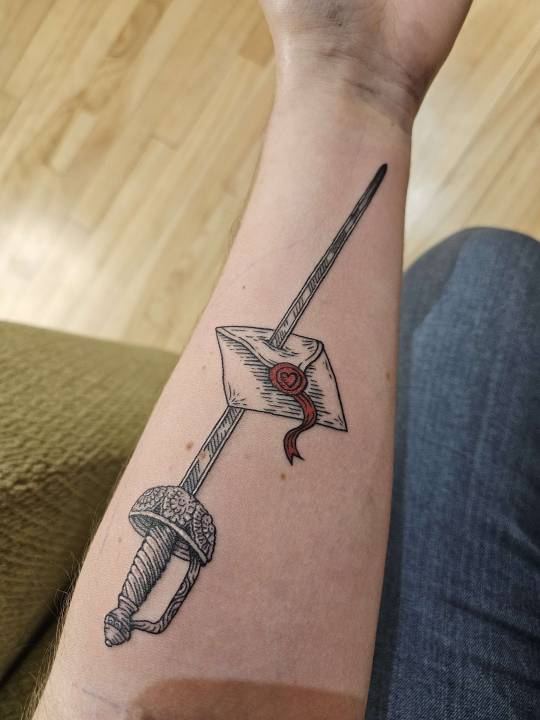
L'angle de la photo est pas extra mais!!!!!!
Petite pause de dessin pour ce soir, le temps que ceci guérisse un peu! L'artiste est Guillaume Harven, ici sur instagram, et il a fait un travail absolument génial! J'avais envoyé plusieurs images pour servir d'inspiration, et finalement il s'est surtout tourné vers cette commission faites par @eisly
#cartouche prince des faubourgs#smallsword#ça a l'air d'avoir été fait pendant un high d'hyperfixation tout ça mais à vrai dire c'est un projet que j'avais envisagé avant#ma règle perso pour tout tattoo en lien avec un fandom c'est ''est-ce que ça fait plus de 10 ans que j'aime le truc''#et faut bien avouer que si on remonte à peu près aussi loin voire même avant#on trouve des vieux fanarts de Falconi dans mes affaires#l'idée était aussi d'honorer un peu mes vieux persos de DnD puisque qu'ils ont presque tous eu une rapière à un moment ou un autre#mais bon faut bien avouer. ça reste Falconi-themed asdgkh
5 notes
·
View notes
Text
The Super Mega Awesome Rapier and Smallsword Timeline!
What’s up, fellow nerds. Do you love long, stabby swords? Do you like swashbuckling adventure stories? Ever wondered what your favorite book and movie characters’ swords are actually supposed to look like? Do you do Historical European Martial Arts (HEMA) and have you ever self-consciously wondered if your practice weapon is really from the same time period as the style you’re studying (it is? Are you sure about that?)? Ever wanted to get a sword to train with that your favorite character plausibly could have wielded?
Well look no further! After way too many nights of copiously poring over descriptions in my favorite novels, Wikipedia pages, and the great AVB Norman’s The Rapier and the Smallsword, I have created a timeline of all 113 rapier and smallsword hilt types in Norman’s typology and plotted them on a timeline of the years 1470-1820. Also included are a timeline of the major Western wars in which these weapons would have been used on the battlefield, and a timeline of as many known historical fencing masters as I know of who taught the use of the rapier and smallsword, including their known years active if that information was available.
The centerpiece of this project, however, are the character timelines. Based on available evidence from their stories (either in the novels or movies themselves or gleaned from Wikipedia), I was able to create date ranges for the swords different characters would have used. By trimming copies of the Master Reference sheet, I could isolate the viable options for the swords of different characters, as well as contemporary historical sources that could be used as the basis for their fencing styles.
Characters analyzed include:
Inigo Montoya and Wesley from The Princess Bride
Athos, Porthos, Aramis and D’Artagnan from The Three Musketeers and Twenty Years After.
Cyrano de Bergerac
Señor Zorro from the original Zorro story, The Curse of Capistrano
Rapiers from the time of William Shakespeare
And so much more!
I also created pages for major HEMA disciplines, such as Italian rapier (Fabris, Giganti, Capoferro, and Alfieri), Destreza, and Bolognese sidesword, including individual authors for Destreza (my personal fencing style). Each hilt, if applicable, also has a list of modern HEMA training swords that conform to that type, so that you can see what your current training weapon is good for or find a training weapon to suit your discipline, aesthetic, or fantasy!
Feel free to peruse my work, or download your own copy to edit.
Pictures are not included, but can be found online with a quick google search. Or you can search “a.v.b. Norman rapier typology” in the tags and find reference images of most of these weapons that I’ve previously reblogged.
Also, @we-are-swashbuckler @historicalfightingguide @prideknights @malaguttifederico @we-are-knight I’m tagging y’all because I think y’all might enjoy this.
137 notes
·
View notes
Text
I’m making notes for club policies (indoctrinating people into small sword because actually it’s based) and started writing “indoctrinate into SS cult” and then had to sit there for a moment and realize *why* that phrasing specifically is, indeed, not how to go about that.
#for context it’s a Nazi dogwistle#Nazi tw#hema#smallsword#fencing#I’m so excited for the upcoming semester >:)
2 notes
·
View notes
Photo
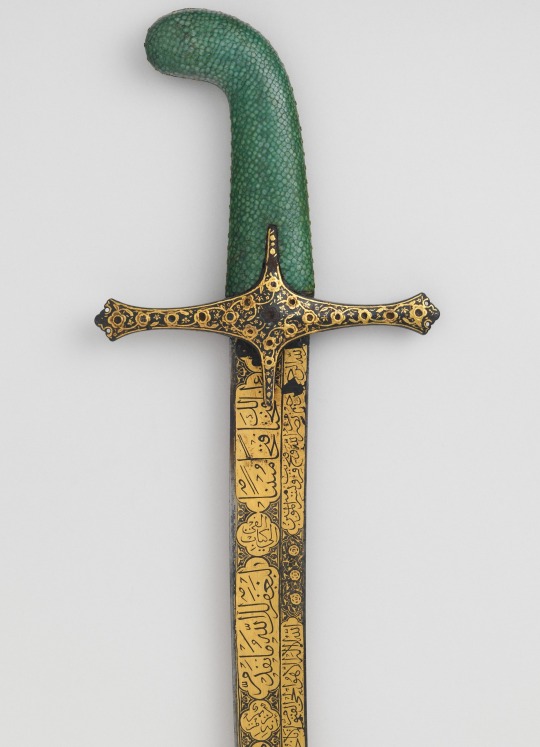
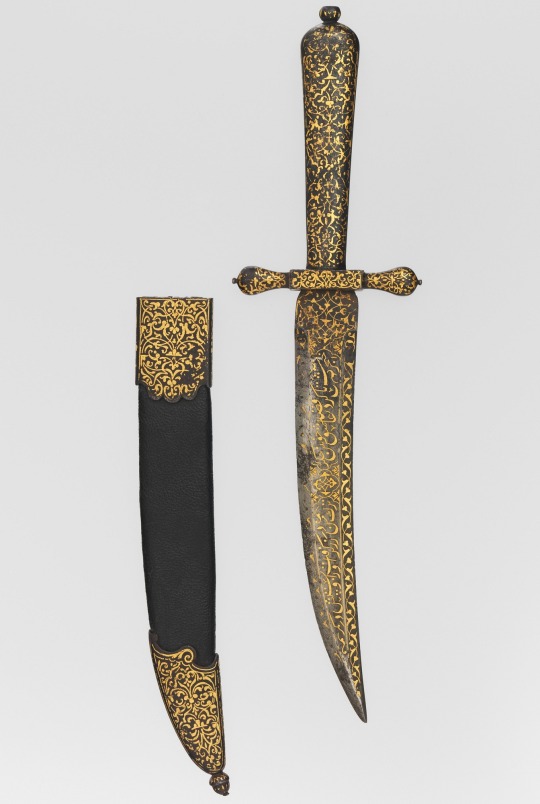
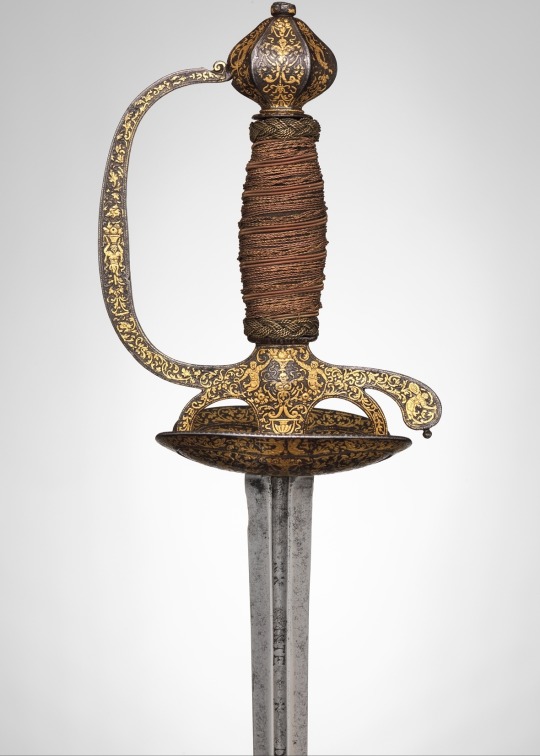
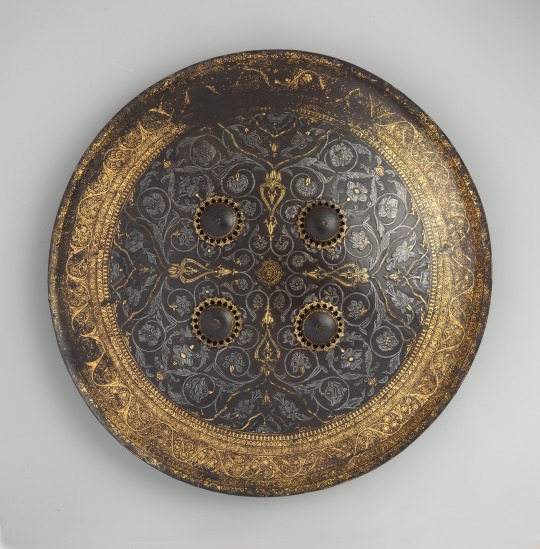
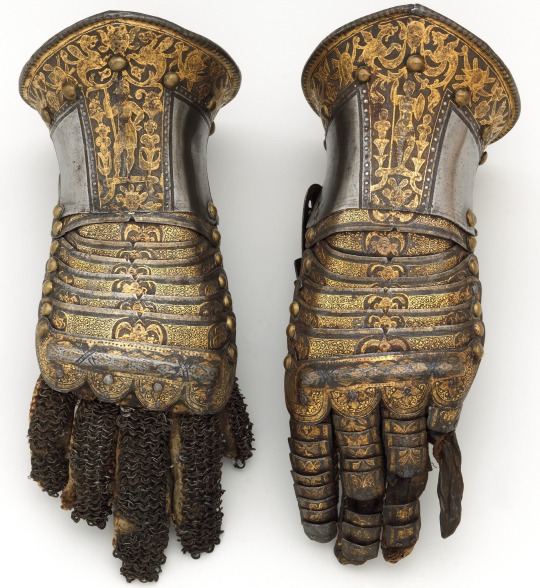


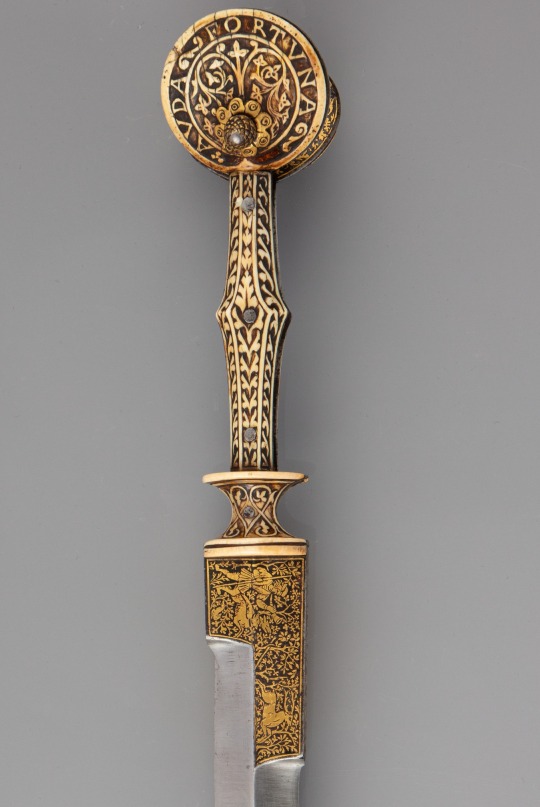
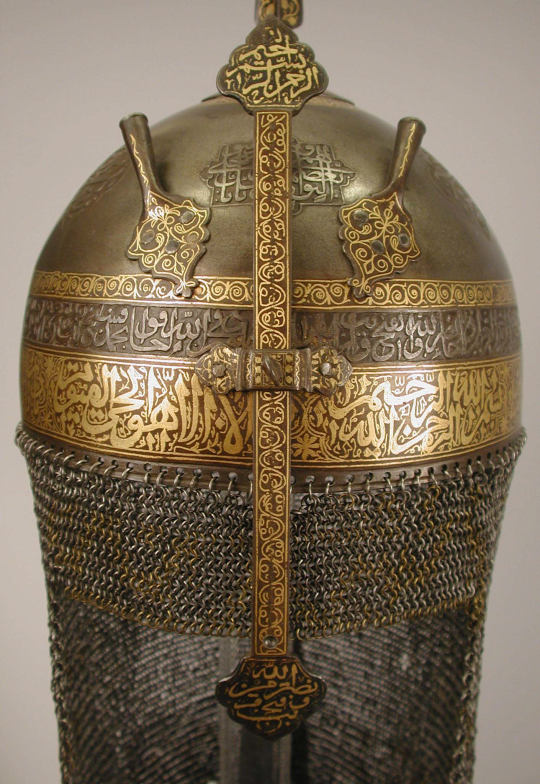
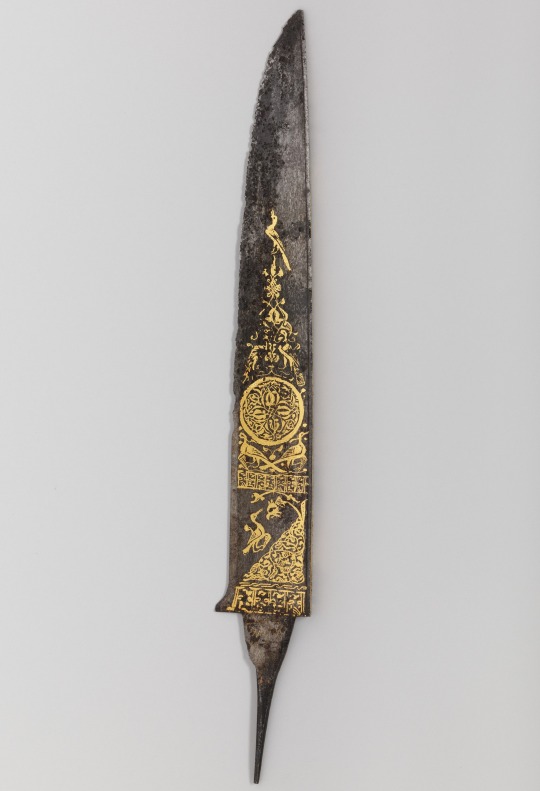
Damascened arms and armour
Saber, 1522–66, Turkish, probably Istanbul
Dagger with Sheath, blade, mid-16th century; hilt and scabbard, probably mid-16th century; blade, Turkish; hilt and scabbard, European, possibly Italian
Smallsword, ca. 1650–60, French, probably Paris
Shield, 17th century, Indian
Pair of Gauntlets, ca. 1585, Italian, Milan
Rapier, ca. 1610–20, hilt, Italian; blade, Toledo or Solingen
Dagger, Spain, ca. 1560
Eared Dagger, Spain, 1540
Helmet, Iran, 18th–early 19th century
Knife Blade, Afghanistani, 11th–13th century
“DAMASKEENING... There are two ways of damaskeening: in the first, which is the most beautiful, the artists cut into the metal with a graver, and other tools proper for engraving on steel; and afterwards fill up the incisions, or notches, with a pretty thick silver or gold wire. In the other, which is only superficial, they content themselves only to make hatches, or strokes, across the iron, &c. with a cutting-knife, such as is used in the making of small files. As to the first, it is necessary the gravings, or incisions, be made in the dove-tail form; that the gold or silver wire, which is thrust forcibly into them, may adhere the more strongly.
As to the second, which is the more usual, the method is thus: having heated the steel till it changes to a violet, or blue colour, they hatch it over and across with the knife; then draw the design, or ornament, intended, on this hatching, with a fine brass point, or bodkin. This done, they take fine gold wire, and conducting or chasing it according to the figure already designed, they sink it carefully into the hatches of the metal with a copper tool.”
– Chambers's Cyclopaedia (1788)
See also: Claude Blair, “A Royal Swordsmith and Damascener: Diego de Çaias”, in Metropolitan Museum Journal, Vol. 3 (1970)
37 notes
·
View notes
Text

Unicorn smallsword hilt, Dutch, ca. 1650
2 notes
·
View notes
Text

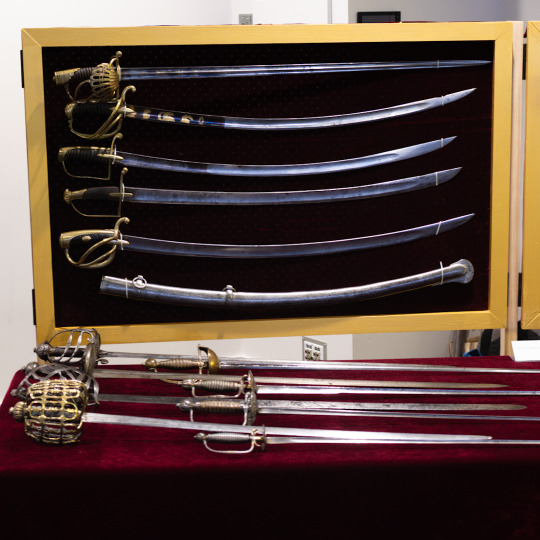
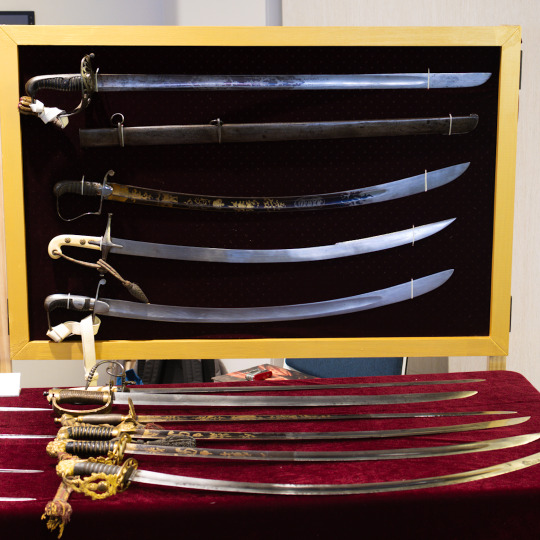
Photos of the sword display I had at last weekends excellent Auckland Blade and Knife show.
Was great to see meet with New Zealand's very talented knife makers showing off their work. Truly inspiring works of art.
For my display I opted to have a selection from the collection that covered a broad range instead of focusing on the one topic.


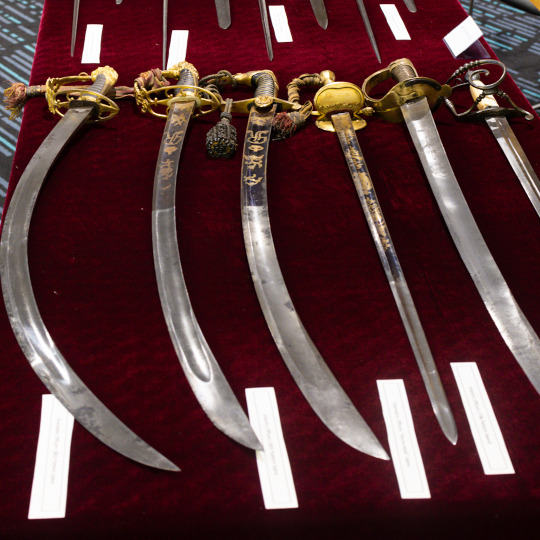
It was also my first use of the new boards I made after the last show. These are on their own stands giving me more table space.
Despite being a bit rough about the edges (remember folks, measure twice, cut once 🤣) they worked well. The next challenge is to improve on how the swords are mounted. Cable ties work great, but they're fiddly to pass through the cloth backing while trying to hold up a sword at the same time.
My thanks to The Auckland Blade Show for organising such a great event and for allowing me to participate. Shows like these are key to showing people just what is available and possible.
#swords#antiques#napoleonic wars#military antiques#british army#sabre#cavalry#Shows#Displays#Walloon Sword#Schiavona#Smallsword#Baskethilt#Spadroon
139 notes
·
View notes
Text
Hey people of tumblr, I come to you bearing a very neat piece of character design!
If you wanna think of a cool fighting style/weapon for your OC or next character, etc, take this:
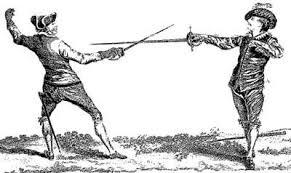
RAPIER/SMALL SWORD/SABER DUELING
Holy mother of
Beautiful, artful FUCK,
Is this so goddamn interesting.
Instantly add finesse to anything your character does! Reason????? Pokey metal stick. Duh.
Slashy metal sticks, for saber.
While it may not be "HiStoRicAllY AcCrEatE", feel free to make your character's fighting style more flowy with this weapon type.

Brutality exists in rapier as well, so if you need to get bloody, guess what? You can do that!
In summary? Rapiers are bitchin'.
3 notes
·
View notes
Photo


Two smallswords, left is most likely Northern European, with a boatshell hilt of gilt bronze. The second is French with a silver hilt.
307 notes
·
View notes
Photo


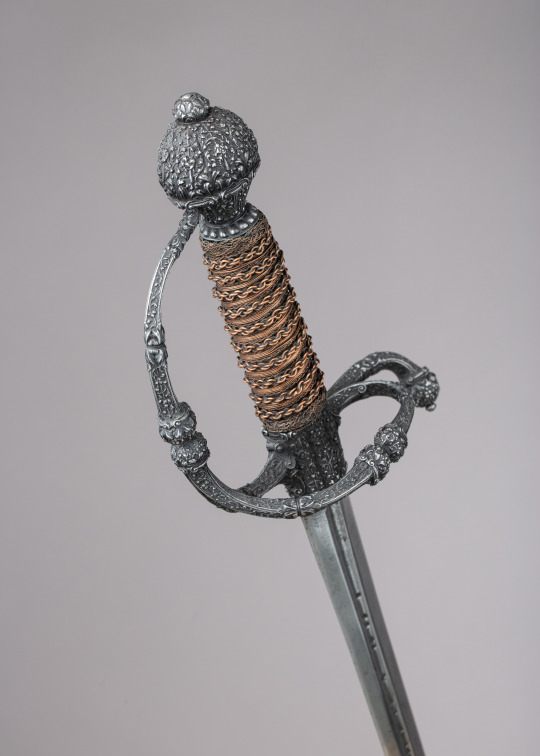
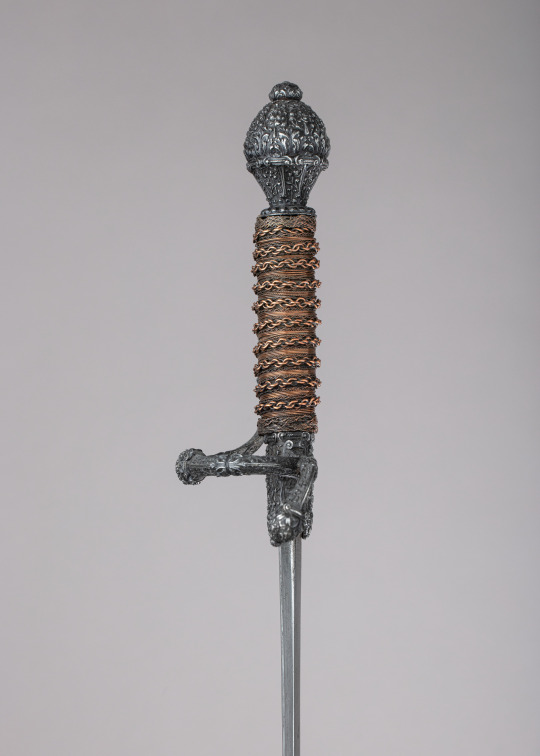

A stunning, delicately wrought Smallsword,
OaL: 35.25 in/89.5 cm
Blade Length: 29 in/73.7 cm
Width: 5 in/12.7 cm
Depth: 2.25 in/5.7 cm
Weight: 1.5 lbs/680 g
probably French, ca. 1650-1660, housed at the Metropolitan Museum of Art.
403 notes
·
View notes